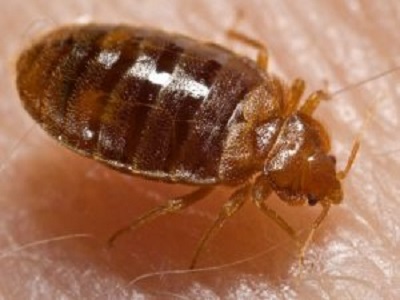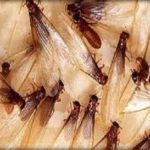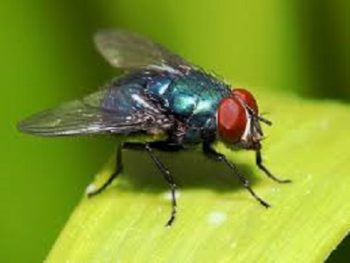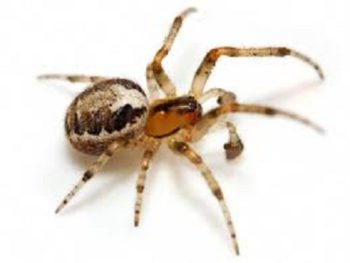
Despite their role in an adorable bedtime proverb, bed bugs are pesky little pests. They sneak into your bed, your furniture, even your carpet, and while you sleep or watch TV, they bite you. The next morning, you’re left wondering why you’re red and itchy.
Bed bugs are small, flat, oval-shaped insects. They do not have wings and rely on humans to carry them from one place to the next. Bed bugs are a reddish-brown color and can be between 1 and 7 millimeters. They feed on blood from humans or animals, and they’re most active at night, feeding on their victims while they sleep.
What do bed bug bites look like?
Some people will not experience a reaction to a bed bug bite at all. Those that do experience symptoms of a bite are likely to experience one or more of the following:
- a bite with a red, swollen area and a dark red center
- bites in a line or grouped together in a small area
- blisters or hives at the bite site
Bites can happen anywhere on the body. Most commonly they occur on areas of skin that are exposed while sleeping, such as the face, arms, legs, and hands.
What are the symptoms of a bed bug bite?
Bed bug bites don’t always appear immediately after you’re bitten. They sometimes take a few days to begin causing symptoms. It should also be noted that bed bugs don’t come out to feed every single night. In fact, they can go several days without eating. It may take a few weeks to notice that your bites are part of a larger pattern.
Bed bug bites are often very itchy. You may experience a burning sensation on the skin several days after you’ve been bitten. You won’t feel the bugs bite you because they excrete a tiny amount of anesthesia into your body before they bite.
If you scratch the bite, you may cause a secondary infection that can lead to swelling and bleeding.
What other bites resemble a bed bug bite?
Good news: Unlike many other biting bugs, bed bugs do not transmit diseases when they bite you. The biggest problem bed bug bites pose is that they are likely to cause a skin infection around the bite site as a result of excessive itching and scratching. You may also be more likely to experience insomnia as a result of worrying that you will be bitten again.
If you are allergic to a bed bug’s bite, you may experience more dramatic symptoms. The most common symptoms of an allergic reaction to a bed bug bite include engorged bite marks, painful swelling and burning at the bite site, and in rare cases, an anaphylactic response.
If I have them in my home, how will I know?
Bed bugs like to hide where you sleep. If you find bites and suspect bed bugs, search around for them. You may not see the bugs themselves, but you might see tiny black dots (their droppings) or red smears, signs they’ve been biting you.
Most common hiding sites for bed bugs in your home:
- bed frame
- headboard
- mattress
- box springs
- pillows
- bed skirts
- in the crevices and seams of furniture
- in carpeting at baseboards or under furniture
- in curtains or other fabrics
This information came from the healthline website. We at Southern Pest Control hope that this information helps you have a better understanding of bed bugs. We have been helping people like you get rid of beg bugs in their homes for many years. We use an environmental safe process to eliminate these pests from your home.
Please call us at 800 527-9832 if we can help. Also please visit our website at www.southernpestcontrol.biz to learn more about us and meet our professional team.
Need Pest Control Services?
We'll call you! Leave your information below.





